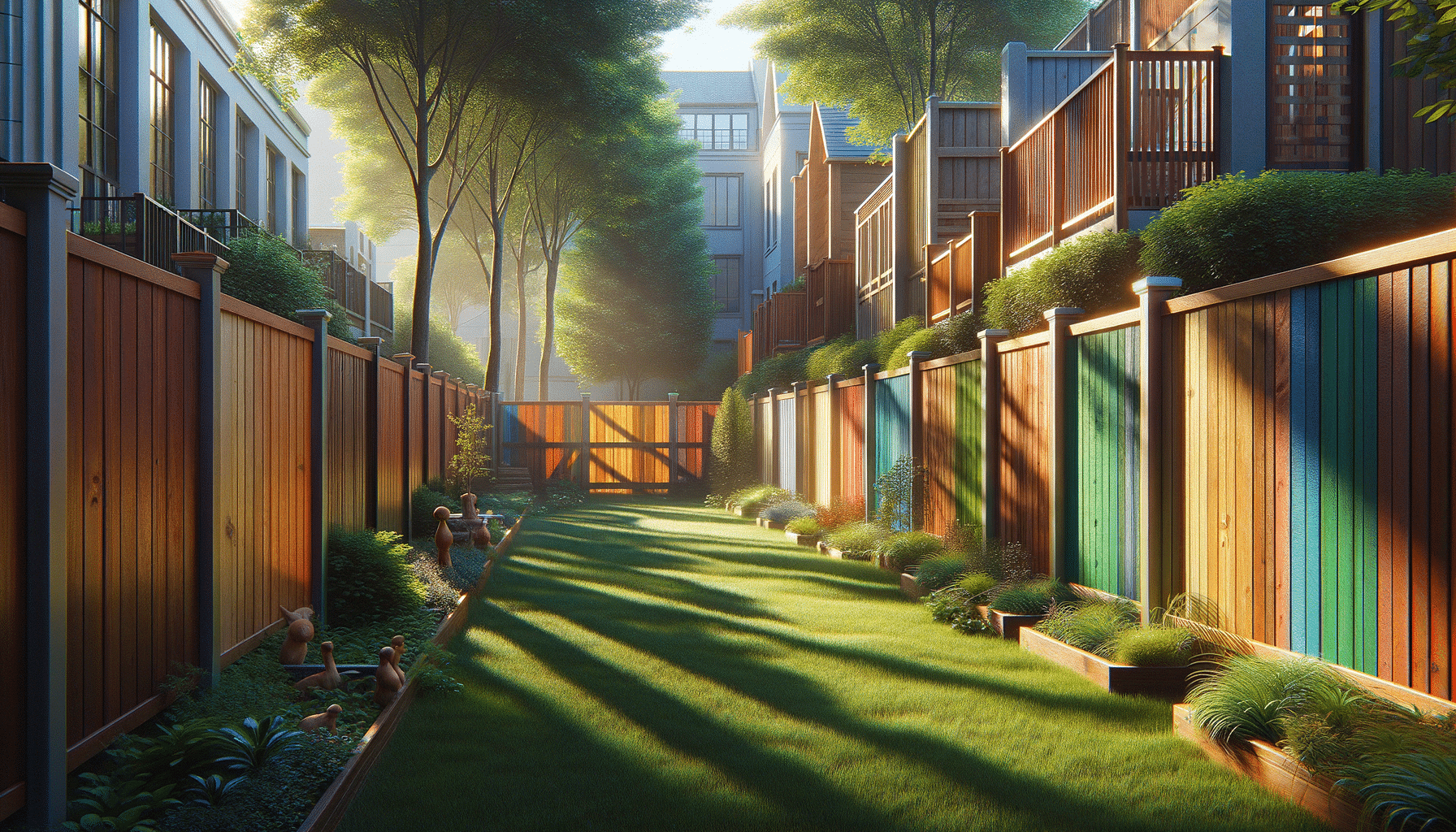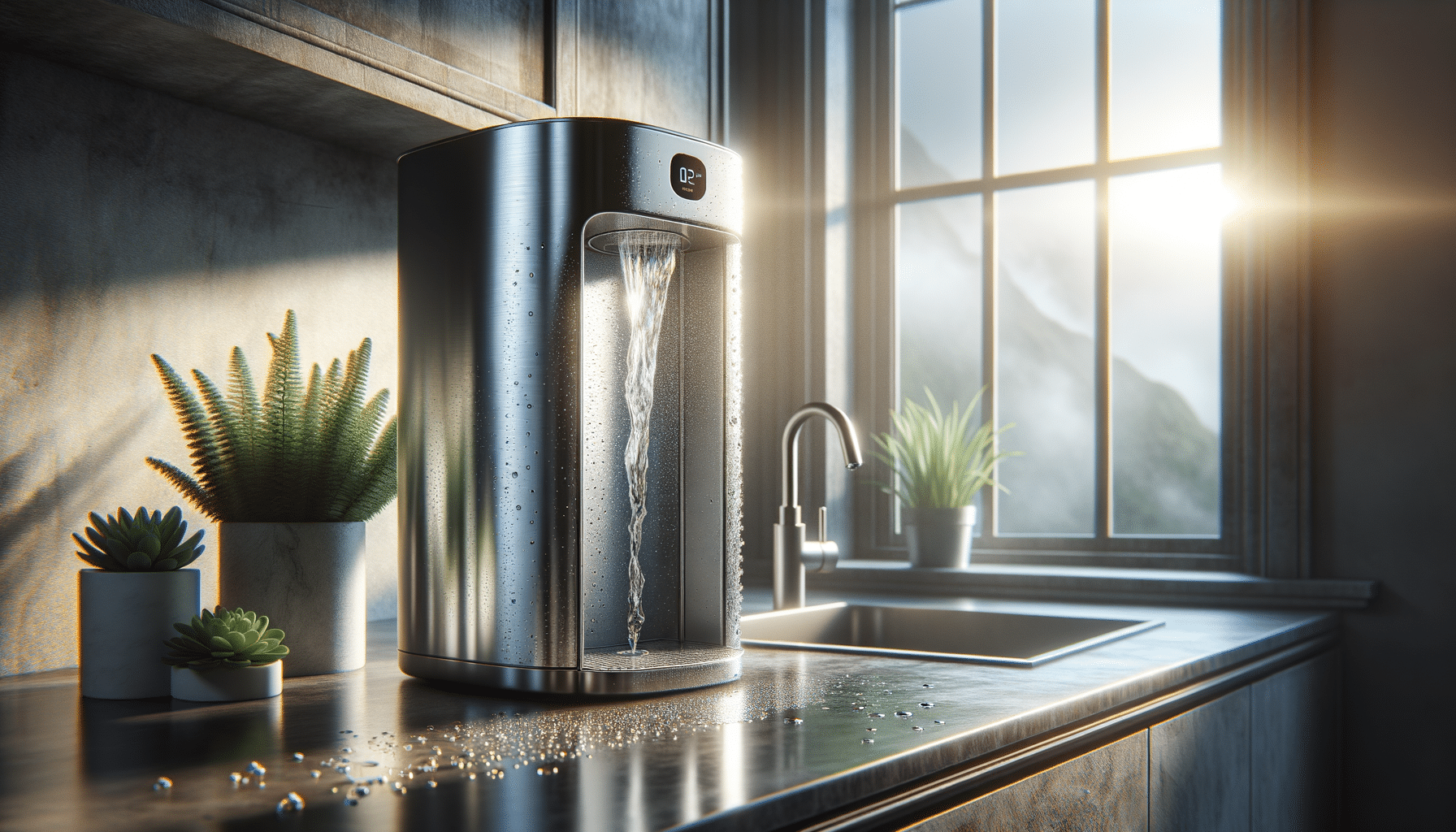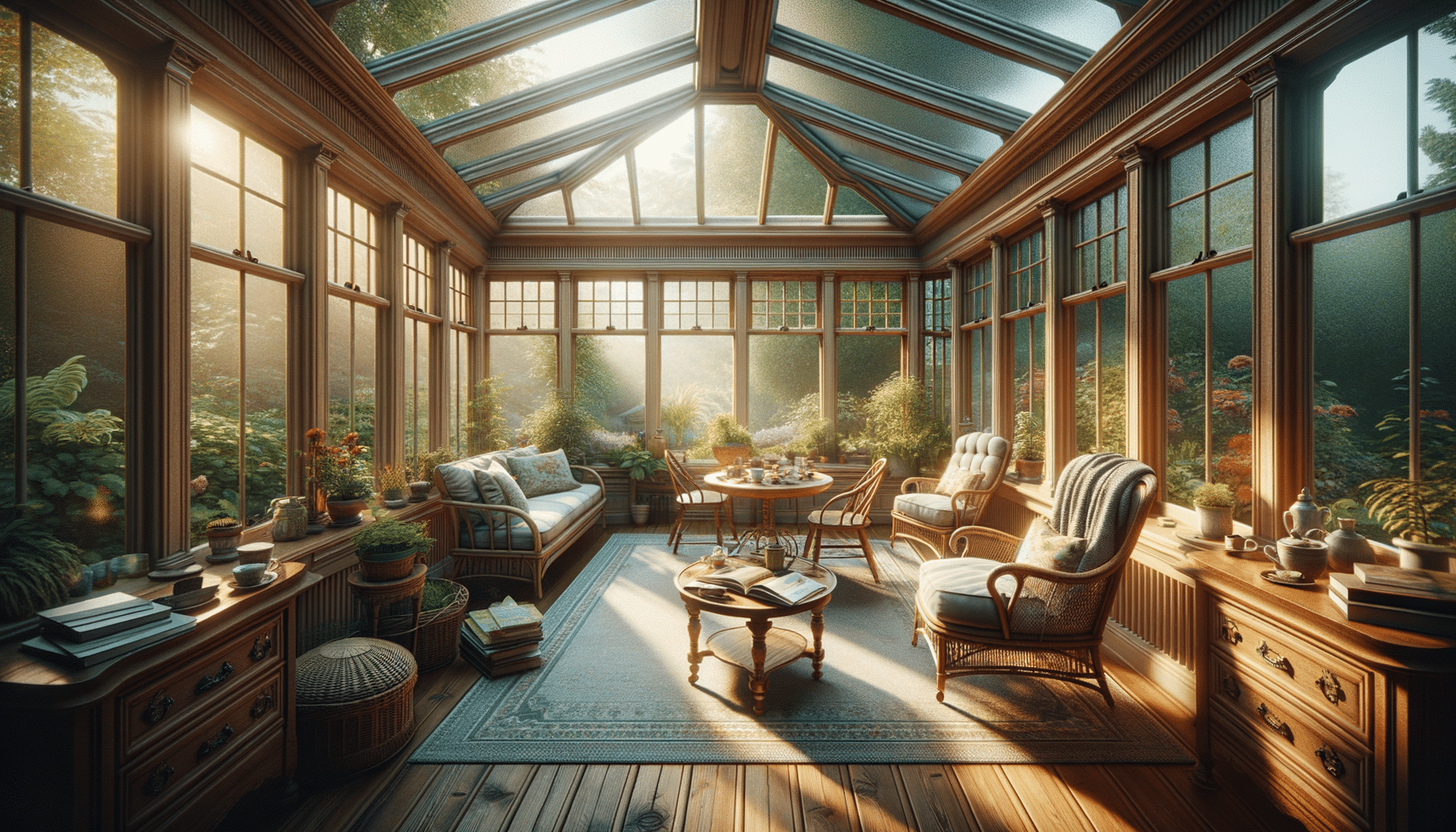
Fence
Introduction: Understanding the Importance of Fencing
Choosing the right fence for your yard is a decision that goes beyond mere aesthetics. A fence serves multiple purposes, from providing security and privacy to enhancing the overall look of your property. Understanding how to choose the right fence for your yard involves considering various factors such as material, style, and maintenance needs. By investing time in this decision, you ensure that your outdoor space not only looks great but also functions effectively.
Fences are not just barriers; they are an extension of your home’s design and can significantly impact the value and appeal of your property. In this article, we will explore the key considerations in selecting the perfect fence, delving into different materials, styles, and maintenance requirements. Whether you are looking for privacy, security, or simply a decorative element, this guide will help you make an informed choice.
Assessing Your Needs: Privacy, Security, and Style
The first step in choosing the right fence for your yard is to assess your specific needs. Are you looking for privacy, security, or an aesthetic enhancement? Understanding your primary goal will guide your selection process significantly.
For those prioritizing privacy, options like wooden or vinyl fences are popular due to their solid panels. Wooden fences offer a classic look and can be customized in height and design. Vinyl fences, on the other hand, provide a modern appearance and require less maintenance.
Security-focused homeowners might consider metal fences, which are durable and offer a strong barrier. Styles such as wrought iron or aluminum provide a sturdy option while adding a touch of elegance. For families with pets or small children, a fence that ensures safety without compromising on visibility, such as chain-link, might be considered.
Style is another crucial factor. A fence should complement the architectural style of your home and the landscape of your yard. For instance, picket fences are charming and suit traditional homes, while horizontal slat fences are sleek and modern.
Ultimately, understanding your needs will help narrow down the choices, ensuring that the fence you select serves its intended purpose effectively.
Exploring Material Options: Wood, Vinyl, Metal, and More
Once you’ve assessed your needs, the next step is to explore the different materials available for fencing. Each material comes with its own set of advantages and considerations.
Wood: Wood fences are traditional and offer a natural look that blends well with most landscapes. They can be painted or stained to match your home’s exterior. However, wood requires regular maintenance to prevent rot and insect damage.
Vinyl: Vinyl fences are known for their durability and low maintenance. They do not warp, rot, or require painting. Vinyl is available in various styles and colors, making it a versatile choice for many homeowners.
Metal: Metal fences, such as aluminum and wrought iron, are strong and provide excellent security. They are resistant to weather conditions and require minimal upkeep. Aluminum is lightweight and rust-resistant, while wrought iron offers a classic, ornate appearance.
Composite: Composite fences combine wood fibers and plastic, offering the appearance of wood with the low maintenance of vinyl. They are durable and resistant to insects and decay.
Each material has its unique benefits, and the choice largely depends on your specific needs, budget, and the overall style you wish to achieve.
Design and Style Considerations
The design and style of your fence should harmonize with your home’s architecture and landscape. This consideration ensures that the fence not only serves its functional purpose but also enhances the overall aesthetic of your property.
For traditional homes, picket or split-rail fences offer a charming, rustic look. These styles are perfect for creating a welcoming atmosphere. For modern homes, sleek designs such as horizontal slat or metal panel fences provide a contemporary touch.
Consider the color and finish of the fence as well. A natural wood finish can complement a rustic home, while a clean white vinyl fence might suit a colonial-style house. Additionally, incorporating elements like latticework or decorative post caps can add a personal touch to your fence design.
It’s also important to consider the height and placement of the fence. A taller fence may be necessary for privacy, while a shorter one might suffice for decorative purposes. Ensure that the fence’s design aligns with local regulations and neighborhood guidelines.
Ultimately, the design and style of your fence should reflect your personal taste while enhancing your property’s curb appeal.
Maintenance and Long-Term Considerations
When selecting a fence, it’s crucial to consider the maintenance requirements and long-term durability of the material. Each type of fence comes with different upkeep needs, which can impact your decision.
Wooden fences, while aesthetically pleasing, require regular maintenance such as staining and sealing to prevent weather damage and insect infestation. They may need repairs over time, which should be factored into your decision.
Vinyl and metal fences require less maintenance. Vinyl can be easily cleaned with a hose, and its color does not fade over time. Metal fences, particularly aluminum, are rust-resistant and only need occasional cleaning to maintain their appearance.
Composite fences offer a balance between wood and vinyl, providing durability with minimal maintenance. They are resistant to rot and insects, making them a long-lasting option.
Consider the climate in your area when choosing a fence material. For instance, metal fences might be more suitable for humid regions due to their rust-resistant properties, while vinyl might excel in areas with harsh sunlight due to its UV resistance.
By understanding the maintenance and long-term considerations, you can select a fence that not only meets your current needs but also remains a valuable addition to your home for years to come.


